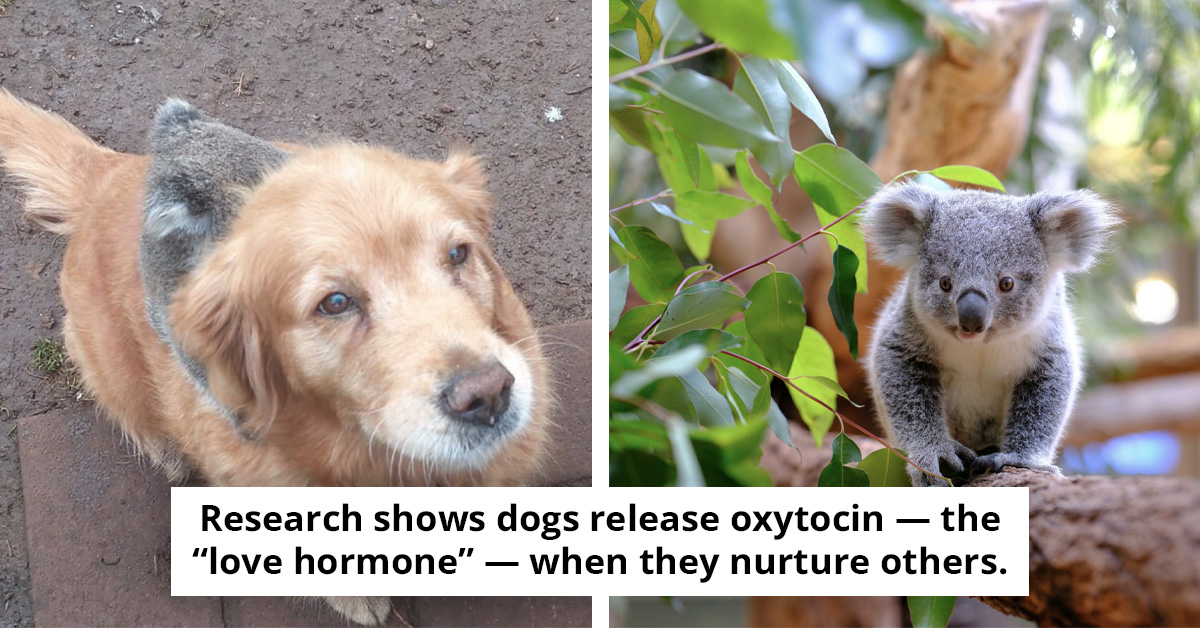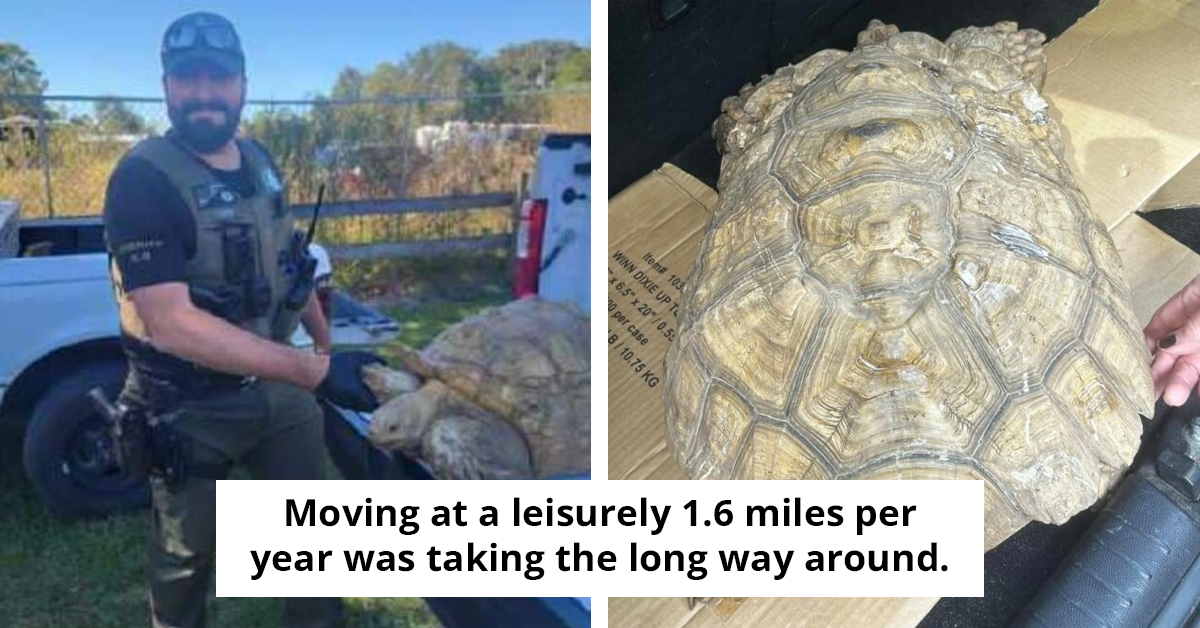Nature Decided To Mimic Velveeta With This Turtle's Rare Disorder
A farmer in West Bengal, India, made quite the discovery recently. While working in his field in the village of Sujanpur, in Odisha’s Balasore district, the farmer came across a very unusual sight: a bright yellow turtle!
The farmer collected the turtle and brought it to his home before delivering it to forest officials, who in turn contacted their local conservation experts. It turns out this turtle is a rare albino flapshell turtle. Its bright yellow color shares a likeness with the fluorescent hue of nacho cheese, and that similarity caused the Twitter post to go viral.
Incredibly, this turtle is estimated to be about two years old. Quite a feat for a wild albino creature, as typically their bright coloration can make them especially easy targets for predators.
So, while its albinism is rare on its own, this turtle is especially rare at its age! Siddhartha Pati, the executive director at the Association for Biodiversity Conservation, shared with the media: “This is the first time in Odisha and the second time in India that an albino turtle has been found.”
Another member of the Indian Forest Service, Susanta Nanda, shared a video and picture of another albino turtle that was found in Sindh a few years ago by locals. You can view her pictures, along with the ones taken of this most recent one, below!
After going viral, folks online started comparing this turtle to the same sort of neon orange as melted cheese.
Yummm.

The likeness is definitely there.
The Indian flapshell turtle (Lissemys punctata) is a freshwater species of turtle found in South Asia.
Indian flapshell turtles are widespread and fairly common in the South Asian provinces. They are known as an evolutionary link between softshell and hardshell aquatic turtles.

What is albinism?
“It is a congenital disorder characterized by complete or partial absence of tyrosine pigment,” Siddhartha Pati explained.
“Also, sometimes a mutation takes place in the gene sequence, or there is a deficiency of tyrosine,” he continued.

Just a cute little dollop of nacho cheese in a bucket.
The Indian flapshell turtle's diet consists of frogs, shrimp, snails, aquatic vegetation, plant leaves, flowers, fruits, grasses, and seeds. This range of food means it is an omnivorous creature.


In stark contrast, regular flapshell turtles look much different than their albino relative.
The shell of the Indian flapshell turtle is believed to have many medicinal uses and is ground into powder to make traditional medicines. However, there is no scientific proof of such medicinal benefits.
Likely, this is a myth boasted by smugglers to sell their shells, which is illegal.

You can check out a video of this neat turtle here!
Thankfully, this brightly colored turtle was released safely back into nature.
This flapshell turtle lives in other South Asian countries like Pakistan, Sri Lanka, Nepal, Bangladesh, and Myanmar. Although their habitat extends far, their conservation status is currently categorized as Vulnerable.
A vulnerable species is one that has been categorized by the International Union for Conservation of Nature as threatened with extinction unless the circumstances that are threatening its survival and reproduction improve. In this case, their shells being used for medicinal purposes is causing harm to their population.
Hopefully, things will turn around for them soon, and maybe this Nacho Cheese Turtle can find a lovely mate to create more striking offspring.



